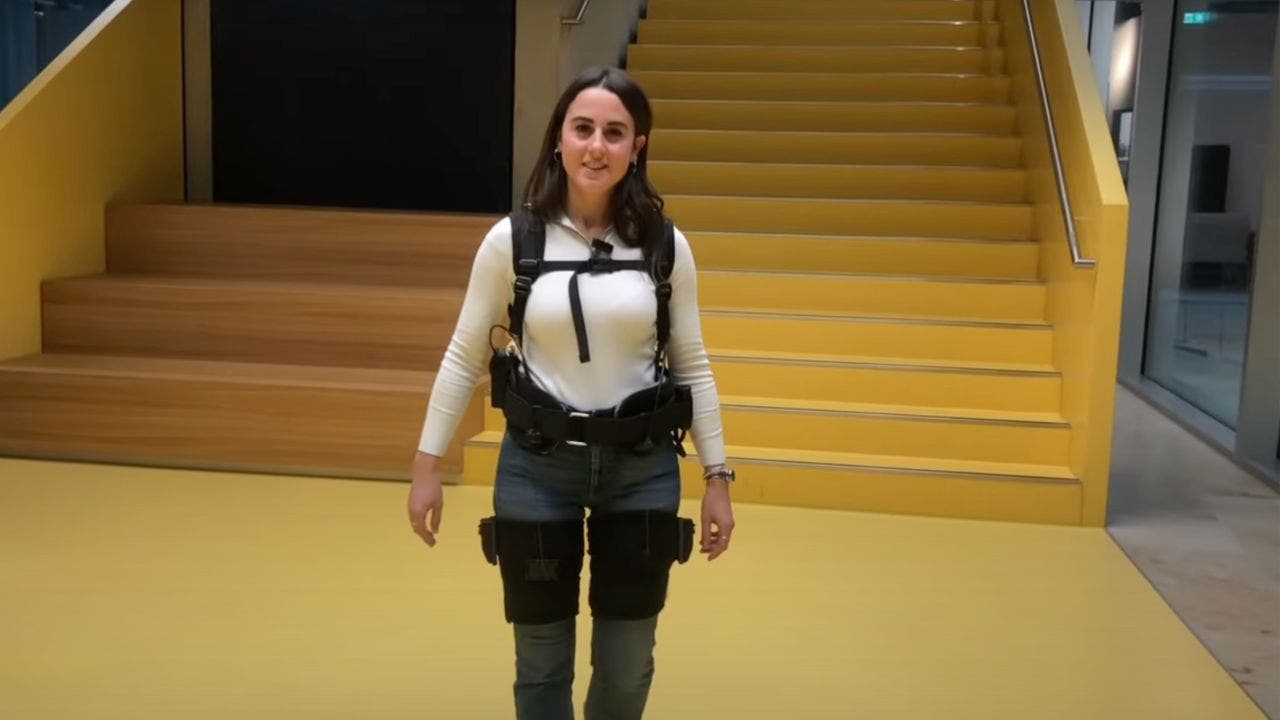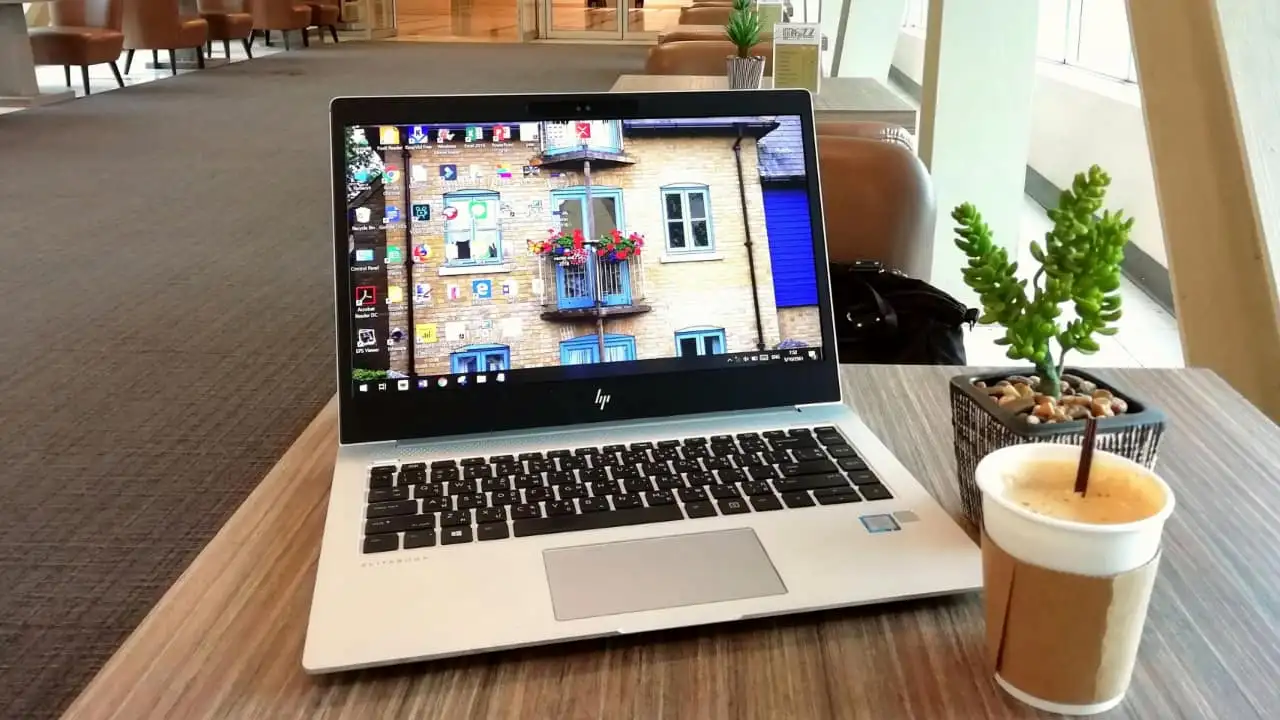Robotic shorts give your legs a boost to walk farther and tire less

Imagine slipping on a pair of shorts that could make walking feel like a breeze, almost as if you’ve instantly shed 20 pounds. Sounds too good to be true, right? Well, get ready to have your mind blown! Scientists at the Technical University of Munich have developed something that might just change the game for anyone who’s ever wished walking was a little easier. They call it the WalkON system, a pair of high-tech shorts that’s not your average gym wear. These shorts can cut down the energy you need for a stroll or jog by up to 18%!
How do these robotic shorts work, you ask? The WalkON system combines sensors, artificial tendons, and smart motors to enhance your natural walking motion. Advanced sensors embedded in the shorts continuously monitor the stress on your tendons, picking up on subtle changes in your movement. Connected to these sensors are two thin artificial tendons that extend from your thighs to a specially designed waist belt. When you start to walk, the shorts analyze your gait pattern and detect the moment you transition from standing to walking. At just the right moment, small but powerful motors activate and gently pull on the artificial tendons, reducing the effort needed by your hip flexor muscles and making it feel much easier to move.
The benefits of the WalkON system are truly impressive. It significantly reduces energy expenditure by up to 18% for young people walking uphill and 10% for older individuals walking on level ground. This reduction in energy expenditure is equivalent to the feeling of instantly losing 22 pounds or 13 pounds, respectively. The system allows you to walk slowly or jog, providing versatility in movement, and participants in tests reported high satisfaction with the device.
The target demographics for the WalkON system are broad, as it can benefit anyone seeking to increase their mobility. However, it shows particular promise for older adults experiencing declining physical capabilities and individuals weakened by illness. The device is also ideal for those looking to maintain an active and healthy lifestyle, making it a versatile solution for a wide range of users.
Compared to traditional rigid exoskeletons, WalkON’s soft, flexible design offers several advantages. Its lightweight, tendon-driven design allows for a more natural range of motion, adapting to the user’s movements rather than constraining them. Additionally, its compact and unobtrusive nature addresses concerns about social acceptance, as it can be worn discreetly under regular clothing.
While the WalkON system is still in the development and testing stages, it is likely to be available within the next three to five years. The cost is yet to be determined, but it could potentially be more affordable than current exoskeletons, making it a practical solution for everyday use.
In conclusion, the WalkON system has the potential to enhance mobility for people of all ages and abilities, encouraging more active lifestyles and improving overall health and quality of life. The development of this innovative technology is a promising step towards more accessible and user-friendly mobility assistance solutions.




